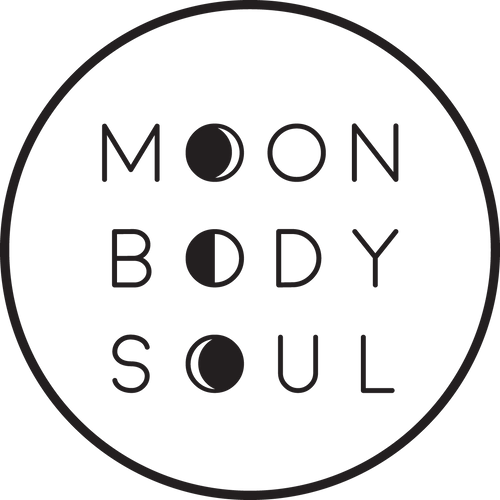You may have noticed companies using a plethora of chemicals in their self care products and labeling them as safe synthetics.
This gives the consumer the impression that they have been extensively tested and found to be safe. However, this is definitely not the case, and when it comes to chemicals, one cannot definitively say it is 100% safe for human use. Would you believe me if I told you companies can put almost any chemical in a product, put the word natural on the packaging and legally sell it to consumers? I was unpleasantly surprised to find out this is in fact a true story and not a myth. There is little regulation in the cosmetics and self care industry in the United States, and while there are labeling laws in place, they are not being enforced or monitored.

Legally, companies just have to list what ingredients are in their products. All chemicals can be used and sold until they are proven unsafe. But, there is very minimal testing being done to prove if these synthetics are safe and the consequences these chemicals may have on our bodies and the environment in the long term. According to a study done by the Environmental Working Group, the average woman uses about 12 cosmetics products each day, which can contain more than 168 different chemicals, while men use about six products accounting for 68 chemicals. They are in our shampoos, toothpastes, colognes, lotions, hair products, face cleansers, make up, nail polish, bath products, you name it!
More than 85,000 industrial chemicals are available for use today and it’s said that 90 percent haven’t been tested for their impacts on human health. I was shocked to find out there are now only 30 chemicals banned for use in cosmetics in the U.S. Even more shocking: in Europe, more than 1328 chemicals are banned or regulated as research shows they may not be safe for use. That’s 1300 more chemicals! In the past decade there has been more research than ever on a select few chemicals and findings indicate these synthetic chemicals may be linked to neurotoxicity, hormone & endocrine disruptions, cancer, reproductive harm, developmental defects and more. Still, there has yet to be any widespread regulation on these chemicals and somehow companies are labeling them as safe synthetics.

For me it is very black and white; if chemicals may be bad for us, why use them? If we don’t know if they are safe, why risk it? Sadly, most of the industry does not see it this way. They use words such as “Fresh” “Natural” or “Handmade” to disguise their chemical filled products. This leaves it up to the consumer to be at the mercy of Google, typing in every single tiny print ingredient on the label just to find out that the body wash label they’ve been researching for the past 10 minutes does in fact contain Parabens, a chemical linked to breast cancer that can also mimic Estrogen. How can that be described as a safe synthetic?
With so much information available to us, and new studies and findings released almost daily, (which isn’t necessarily a good thing, because they are usually not completed by third parties but by profit seeking companies) it can be hard to keep all the information straight. Without the appropriate funding, regulation and oversight of these studies it can be impossible to come to a definitive answer if a chemical has long-term harmful effects.
Until more regulation and accurate scientific studies are available, shouldn’t companies just leave out these chemicals? Sure it would make the shelf life and profit margins substantially smaller, but it could increase the lifespan and health of the consumer as well as help protect the environment. At the very least shouldn't they stop calling them safe synthetics until there is tangible proof they are in fact safe? Although I will not be using any of these chemicals in my products, my goal is to do as much research as possible and share my findings on this blog. When it comes to “safe” synthetics, I strongly believe it’s safer to just avoid them altogether.
References:
http://onlinelibrary.wiley.com
 Skip to content
Skip to content

